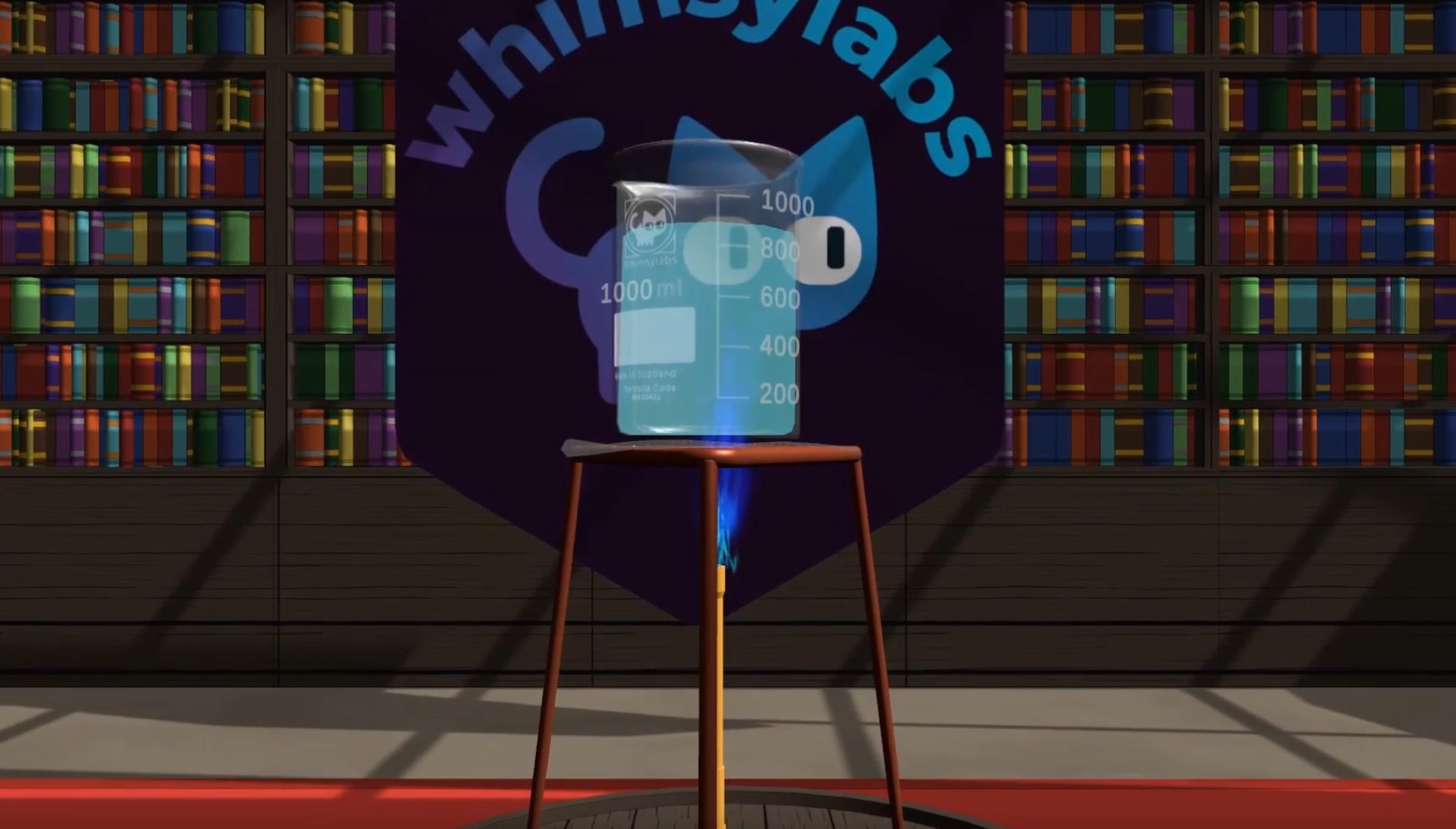
The Sandbox Learning Revolution: Why Freedom to Fail is Essential for STEM Education
5 June 2025Traditional science education often follows a rigid, step-by-step approach where students are guided through carefully controlled experiments with predetermined outcomes. While this methodology ensures consistent results, it fundamentally misrepresents how real science works. Authentic scientific discovery is messy, iterative, and frequently involves productive failure. According to research published in Learning: Research and Practice, students who experience and learn from failure through productive failure approaches develop stronger problem-solving skills and greater resilience than those who follow only successful paths (Kapur, 2015).
WhimsyLabs has pioneered a fundamentally different approach to science education through our sandbox learning philosophy. Unlike conventional virtual labs that restrict students to predetermined pathways, our platform provides complete experimental freedom with infinite possible equipment permutations and unlimited procedural pathways. This open-ended environment allows students to design their own experiments, make authentic choices, and, most importantly, learn from their mistakes in a safe, consequence-free setting.

Meet WhimsyCat: The Revolutionary AI Tutor Transforming Science Education
10 May 2025Traditional science education faces a critical challenge: providing personalized guidance to students in laboratory settings. With classroom ratios often exceeding 30:1, teachers simply cannot offer the individual attention each student needs during complex experimental procedures. According to systematic reviews of AI applications in education, the ability to provide personalized learning experiences that cater to unique learning styles and preferences is one of the key advantages of intelligent tutoring systems in addressing educational challenges (Hwang et al., 2023).
WhimsyLabs addresses this challenge through WhimsyCat, the most sophisticated AI tutor in virtual laboratory education, delivering unparalleled personalized guidance, real-time feedback, and adaptive learning pathways. Unlike basic educational AI systems that simply answer questions, WhimsyCat represents a breakthrough in proactive learning support, actively monitoring student actions, predicting potential errors before they occur, and delivering contextual guidance with industry-leading precision.
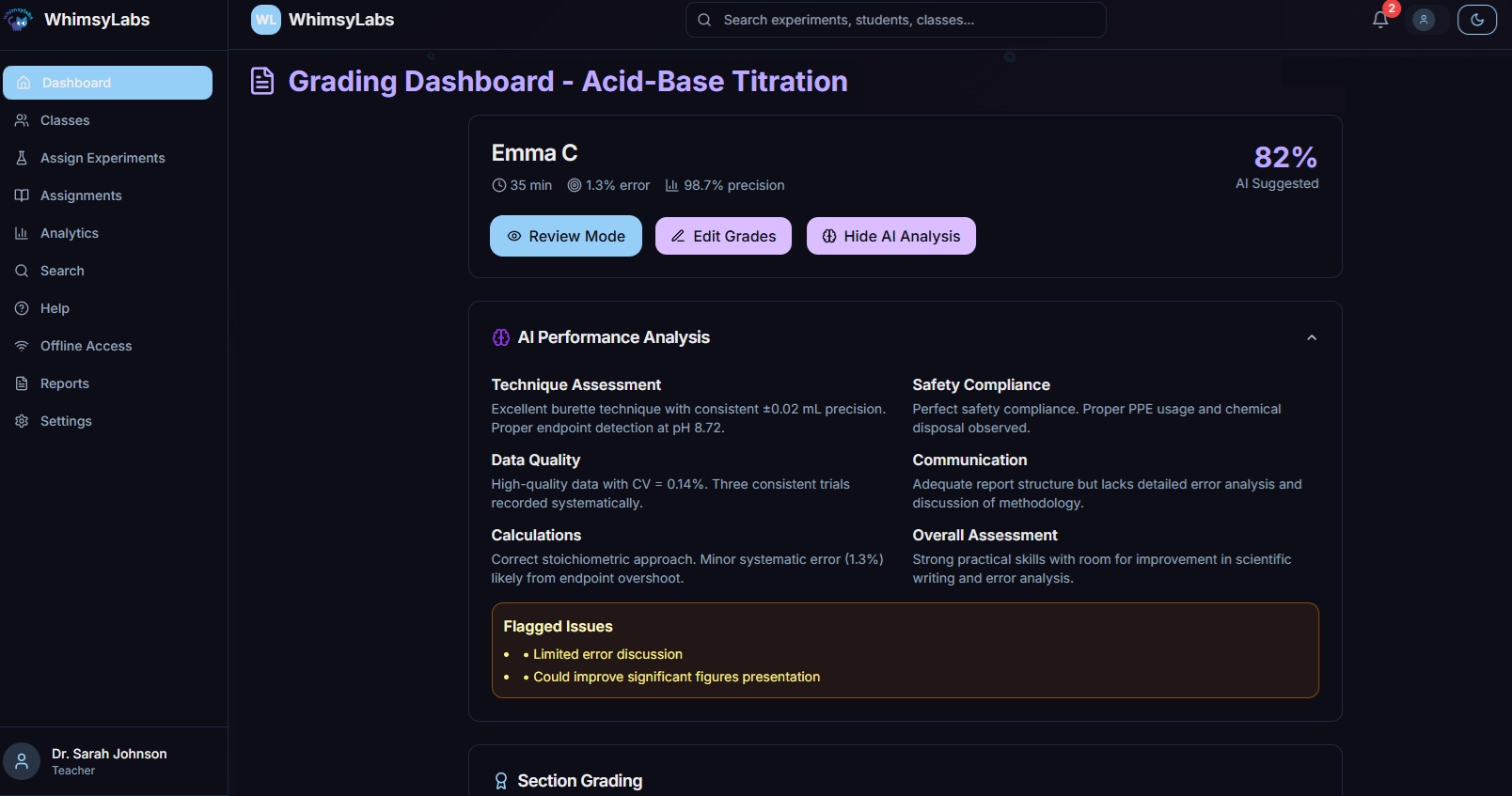
Revolutionizing STEM Education: How WhimsyLabs' AI-Powered Virtual Labs Are Solving the Global Science Education Crisis
15 April 2025The global science education landscape faces unprecedented challenges, with over 50% of students in low-income countries failing to achieve basic science proficiency according to UNESCO data. In the UK alone, 57% of science teachers report inadequate funding prevents them from running practical lessons, while the country faces a staggering £1.5 billion annual cost due to STEM talent shortages (UK Parliament POST, 2023). These statistics highlight a critical need for innovative solutions that can democratize access to high-quality science education globally.
WhimsyLabs addresses this crisis through a groundbreaking virtual laboratory platform that combines advanced AI assessment tools, realistic physics simulations, and sandbox learning environments. Unlike traditional virtual labs that restrict students to predetermined pathways, our platform enables genuine discovery-based learning with complete experimental freedom. Research demonstrates that such interactive, three-dimensional learning environments significantly improve spatial understanding and long-term retention compared to traditional textbook-based approaches (Lewis et al., 2014).
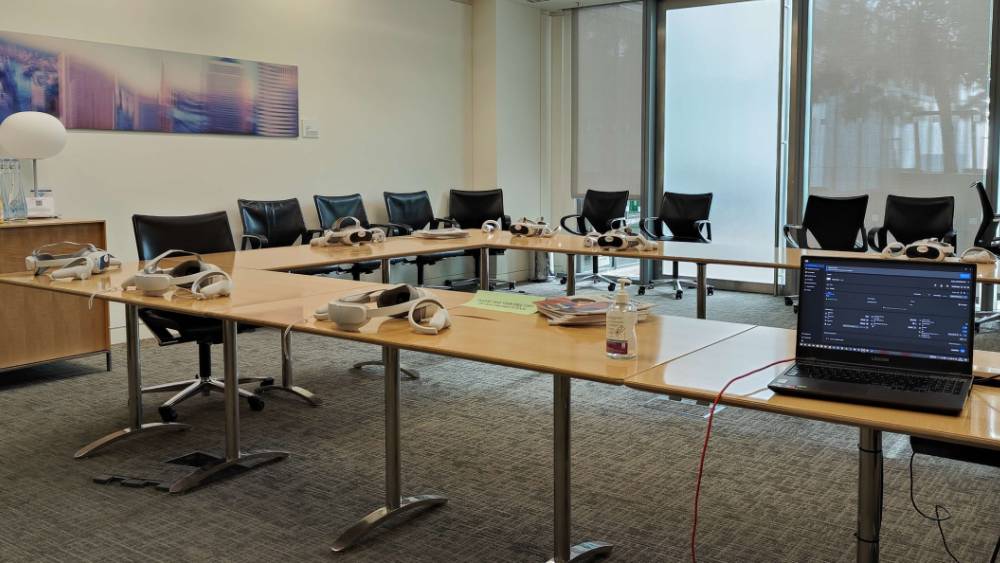
Hands-On Learning: Virtual Kidney Dissection Enhances SEND Student Engagement
19 March 2025The human kidney plays a vital role in maintaining homeostasis,filtering blood, balancing fluids and electrolytes, and removing waste. The kidneys process approximately 180 liters of filtrate daily, demonstrating the remarkable efficiency of these complex organs (Hall, 2015). Yet for many, the complexity of its internal structures can make it difficult to fully grasp how it functions. WhimsyLabs' cutting-edge virtual reality platform tackles this challenge through our industry-leading kidney dissection simulation, featuring advanced physically interactive dissection tools and sophisticated microscope simulation technology unmatched in the educational market.
Unlike conventional VR labs that guide students passively through a process, this experience puts them in control. Participants physically manipulate lab tools using natural hand gestures, make incisions in virtual tissue, and examine microscopic anatomy through detailed zoom functions. The result is an active learning experience that combines visual, auditory, and kinesthetic inputs in real time. Research in anatomy education demonstrates that interactive, three-dimensional learning environments significantly improve spatial understanding and long-term retention compared to traditional textbook-based approaches (Lewis et al., 2014). Active learning approaches, such as these, have been shown to increase student performance in STEM fields (Freeman et al., 2014).
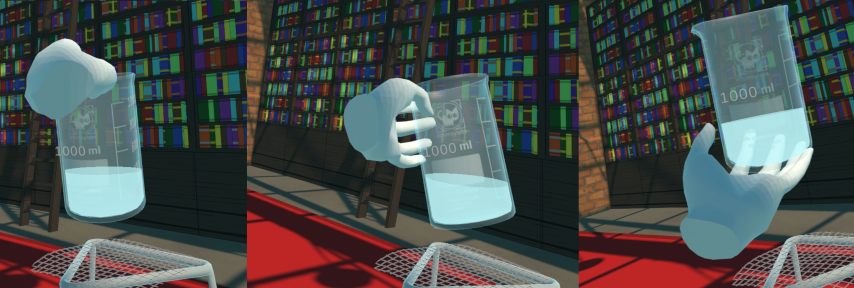
The Importance of Physicality in Virtual Labs: A Step Beyond Traditional Simulations
3 February 2025Virtual labs have long promised an alternative to physical science education, but many fall short in replicating the true experience of a laboratory. Most existing virtual lab solutions act as glorified animations or guided walkthroughs, restricting students to predetermined steps rather than allowing them to experiment freely. Research indicates that traditional computer-based simulations often fail to engage students meaningfully, as they lack the authentic decision-making and problem-solving experiences of real laboratory work (de Jong et al., 2013).
WhimsyLabs has pioneered a revolutionary approach with the world's most advanced fully interactive, physics-driven virtual laboratory. Unlike competitors' basic simulations, our platform enables students to perform authentic procedures, manipulate tools with industry-leading precision, and experience realistic consequences of technique variations. This crucial innovation introduces the ability to train true muscle memory, ensuring that students develop procedural fluency and confidence before they even step into a real-world lab. Studies in motor skill acquisition demonstrate that virtual practice can effectively transfer to real-world performance when the virtual environment maintains high levels of physical fidelity (Sigrist et al., 2013).
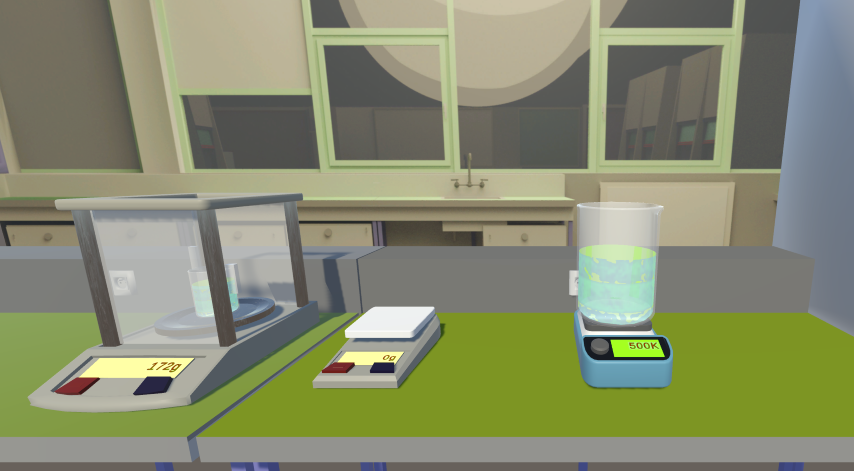
A Brief History of Whimsylabs: From our Humble Start to a BETT 2025 Winner
27 January 2025Whimsylabs was initially started in 2020 by Marisa French towards the end of her Physics PhD, right as the pandemic was beginning to hit. The devastating impact of COVID-19, which shuttered traditional lab environments, left many students without access to hands-on science education for years (Grewenig et al., 2021). This coupled with the UK's declining STEM rankings, with the UK dropping to 15th place in the OECD Programme for International Student Assessment (PISA) science rankings (OECD, 2023), highlighted a crisis for British education that felt personal, as Marisa had been inspired to pursue science due to the practicals she had experienced in secondary school.
Driven by a desire to create meaningful change, Marisa leveraged her simulation and gaming skills to develop a fully simulated sandbox virtual laboratory. Research demonstrates that simulation-based learning environments can significantly improve student engagement and learning outcomes, particularly in STEM fields where hands-on experimentation is crucial (Rutten et al., 2012). This lab was designed to be a safe, accessible, and engaging environment for hands-on learning, without the risks or costs associated with traditional labs. The goal was simple; make a virtual lab that fully captured the fun that she experienced in her school labs, and that could be used by anyone, anywhere, at any time.